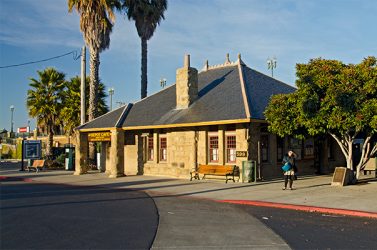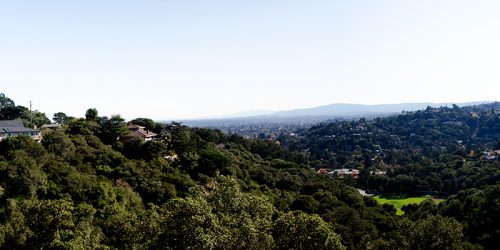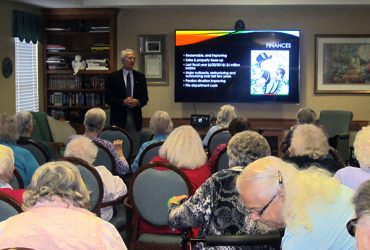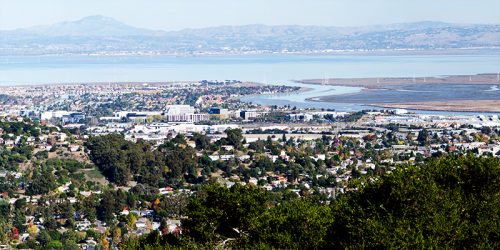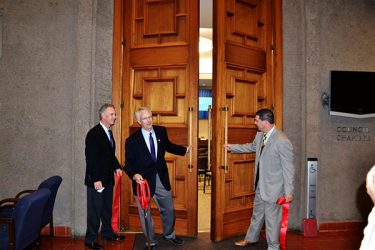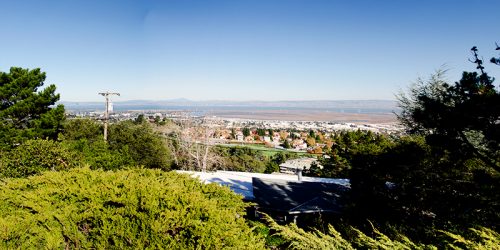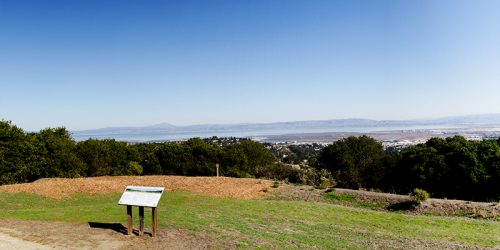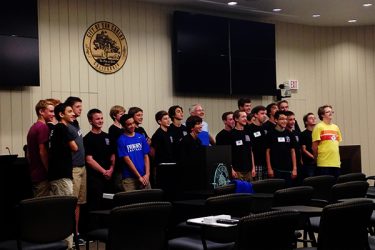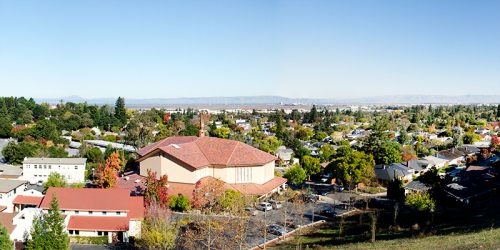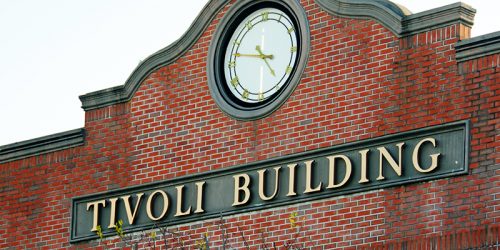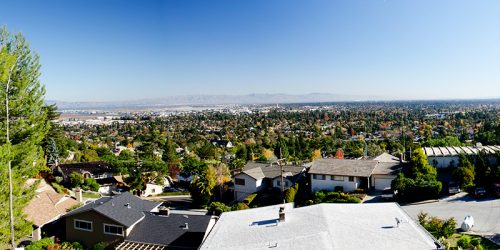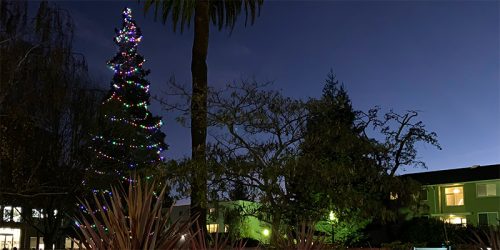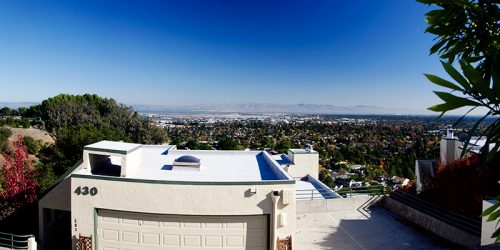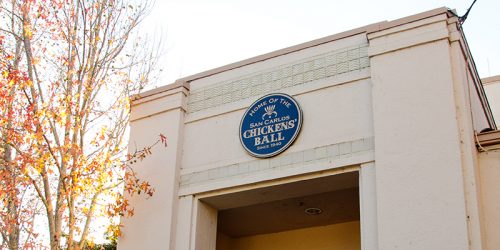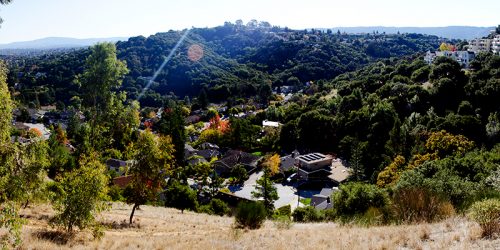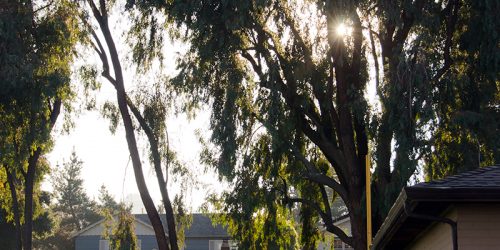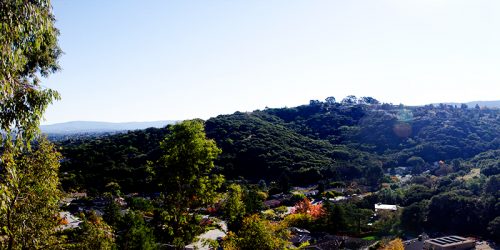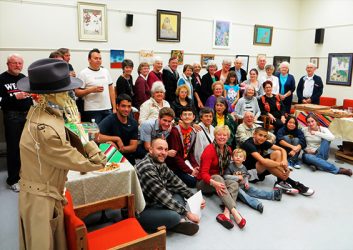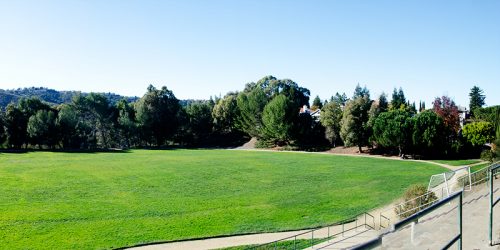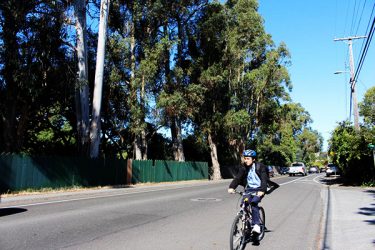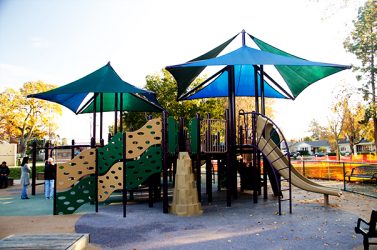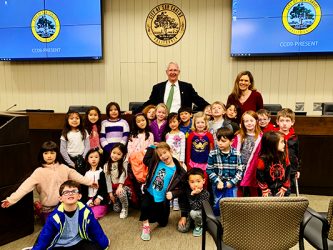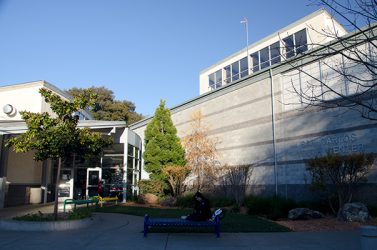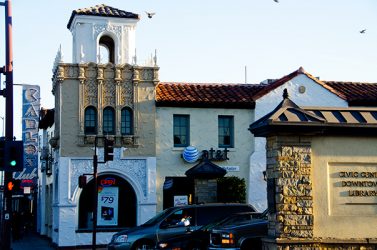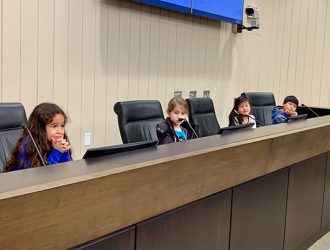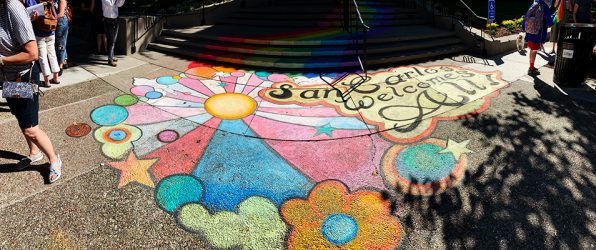This posting originally appeared as an op-ed piece in the San Mateo Daily Journal on August 11, 2012. You can see the published version here.
The “final” environmental impact report for the proposed Transit Village in San Carlos is under review by the Planning Commission. It’s a step along the way to whatever the ultimate outcome for the project will be. But it also marks a missed opportunity. And that’s too bad.
California’s EIR process identifies a project’s environmental impacts and aims to give decision-makers as much objective information as possible on their nature and magnitude. It isn’t a go/no go document, because a city council can approve projects with significant negative impacts. That happened with the San Carlos grade separation project. But by painting a more complete picture of a project’s environmental footprint, EIRs hopefully lead to better projects and better decisions.
But there’s another type of valuable information which the EIR process surfaces that has nothing to do with what ends up in the report. That’s the reaction of the residents and businesses that will be affected by the project. The EIR process, by design, involves a lot of public participation. Even when feedback isn’t about an environmental issue, it can still be important.
The Transit Village project provoked, and continues to provoke, a tremendous outpouring of concern by our east side residents. At the recent Planning Commission meeting on the EIR, the council chamber was filled with red-shirted opponents. On a beautiful summer evening in the middle of the vacation season.
One would think the project’s sponsors would want to address this negative energy quickly and decisively. Yet so far as I can tell there has been little if any significant dialog with the residents. Yes, there have been meetings, mostly a while ago. Yes, everyone wants to try and find a solution. Yes, there are reasons why more hasn’t been done.
But in the end that’s all irrelevant. Residents’ concerns need to be addressed by the project’s sponsors. That could be through education, adjustments to the project, neighborhood improvements not directly associated with the project, or something else. While some of this has happened, most of what has occurred has taken place “off stage”, and not been pitched to the residents through community meetings. Consequently, it hasn’t altered their overall reaction to any significant degree.
What’s particularly odd about this situation is that it isn’t the first big contentious project in San Carlos, or even the first one that significantly concerns east side residents. The Hacienda and Palo Alto Medical Foundation projects showed the importance of focused dialog between developers and residents. It isn’t clear to me why those lessons aren’t being applied to the Transit Village.
No one’s interest is served when tensions around a project ratchet upwards unchecked. Let’s hope a change of approach occurs soon.
